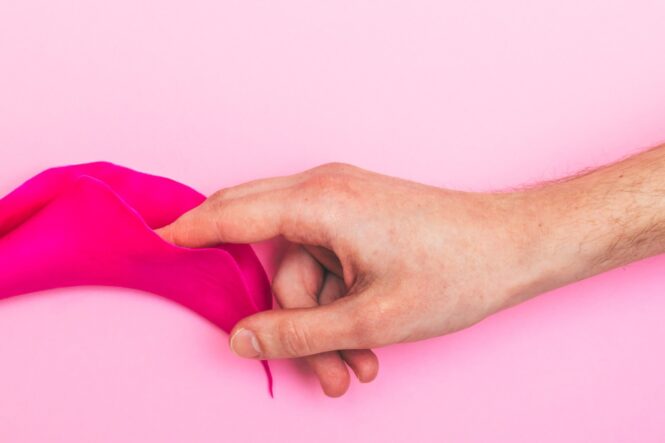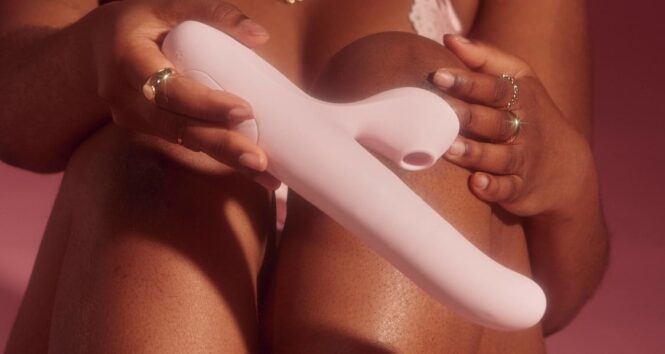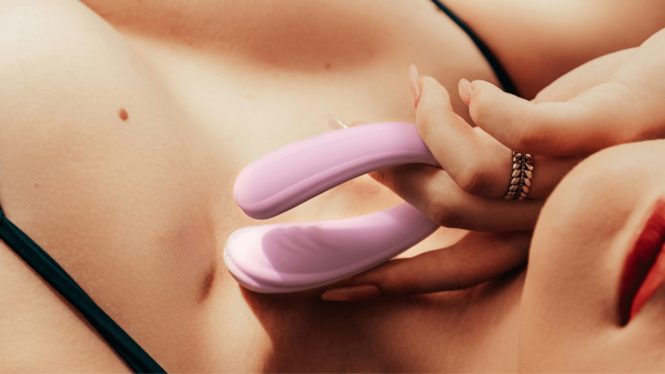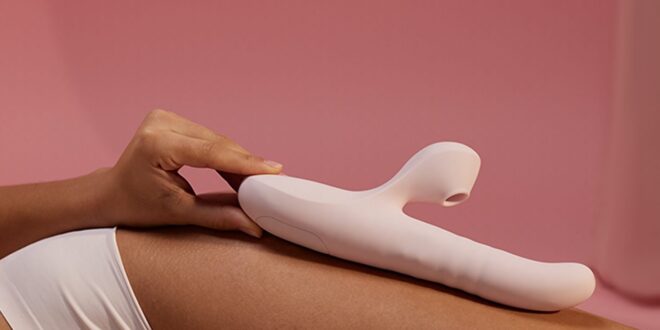Female pleasure is no longer taboo. Women are speaking out, experimenting more, and feeling far less guilt about exploring solo and partnered intimacy tools. So what changed?
We’re not talking about a small trend. This shift is global, generational, and powerful. As a relationship coach who’s worked with hundreds of women across different ages, I’ve watched shame get replaced by self-awareness. Not overnight, but definitely over the last decade.
Let’s talk about what’s really happening. Not theory. Not vague empowerment slogans. But the real psychological, emotional, and social factors that made this shift possible—and why it matters for relationships, pleasure, and long-term emotional health.
Key Highlights
- Women today feel more ownership over their sexual pleasure.
- Shame around adult toys is fading fast across generations.
- Conversations about female desire are louder and more public.
- Sex education is expanding beyond reproduction.
- Emotional intimacy drives female exploration more than novelty.
- Sex tech and design have finally caught up to women’s needs.
- Adult toys are now tools for connection—not isolation.
The Confidence Factor

Self-confidence plays a major role. When women feel emotionally safe, they are more likely to express what they want in bed. That confidence doesn’t always start in the bedroom—but it shows up there first.
Younger women especially are refusing to play the silent, performative role their mothers and grandmothers tolerated. They’re done waiting for partners to guess what works. They’re also done with hiding their own pleasure tools like shameful secrets.
Confidence shifts behavior. When you feel entitled to pleasure, you explore. You learn. You speak up. Women aren’t becoming more sexual—they’re becoming more unapologetic.
Cultural Shifts That Opened the Door
We’re not just seeing a rise in toy sales. We’re seeing a cultural reckoning. Pop culture, social media, and even streaming platforms now include conversations that normalize pleasure. Think about how often intimacy is now addressed on shows, podcasts, or online communities—without shame or censorship.
Mainstream media finally started portraying women who prioritize their own pleasure. Instead of mockery, we’re seeing respect. Instead of silence, we’re seeing boldness.
Even better? Women are finding each other. They’re swapping stories, reviews, and emotional truths about their journeys with adult toys. It’s no longer a lonely or secret experience—it’s community.
Psychological Reframing of Pleasure
For decades, women were taught that toys are either a last resort or a threat to male ego. That’s changing. And fast.
Now, they’re seen as tools for discovery, healing, and sometimes even recovery after trauma. Toys aren’t replacing intimacy. They’re redefining it.
Many of my clients have shared the same realization—adult toys helped them understand their own bodies without pressure. Without performance. Without needing to impress anyone. That insight builds better communication later, when they do engage with a partner.
For those in relationships, toys also open the door to new conversations. Not just about what feels good, but what feels right emotionally and mentally.
And yes, some women prefer toys that give added physical variety. They want options. Texture. Pressure. Shape. For example, some explore penis sleeves not to compete with a partner, but to expand what’s possible in partnered intimacy.
Design Matters Now More Than Ever

The industry finally caught up. Toys used to look clinical or cartoonish. Nothing about them spoke to emotional safety or female aesthetics. That’s over.
Today’s brands prioritize design, feel, and emotional connection. They offer thoughtful guides, research-backed recommendations, and sensory-friendly materials. That change matters. Women care about how things feel—not just physically, but emotionally.
Packaging matters. Messaging matters. And product variety matters. We’re seeing brands listen to real female feedback instead of assuming they know what women want.
Shifting Relationship Dynamics
For couples, toys used to be taboo. Now they’re a tool for better sex, not a sign of dysfunction. In fact, they often act as a bridge between two people with mismatched libido or different physical needs.
When a woman introduces a toy into a relationship, she’s not rejecting her partner. She’s trusting him—or her—enough to share what enhances her experience. That’s a sign of emotional safety, not dissatisfaction.
And when both partners are curious, the results can be surprising. Intimacy deepens. Conversations open up. Vulnerability turns into connection.
Social Media Helped Break the Silence
Instagram, Reddit threads, TikTok confessions—those all changed the game. Social media helped women find language for things they didn’t know how to ask. It also made sexual exploration more public, yet paradoxically, more private.
You don’t need to walk into a store with fluorescent lighting. You don’t need to ask questions face-to-face. You can learn, research, and shop from your own space, without the pressure of judgment.
Plus, influencers and educators have stepped in. They’re modeling conversations many women never had growing up. And when they speak confidently about their toys, others feel permission to follow.
Key Social Factors at Play
- More women in sex education and product development
- Less religious stigma in millennial and Gen Z circles
- Stronger focus on personal boundaries and communication
- Clear rejection of shame-based narratives
Sex Therapy and Healing

Women healing from trauma often find that adult toys give them a new sense of control. They decide what happens, how fast, how deep, how soft. That level of autonomy can be therapeutic.
No pressure to please anyone. No fear of being touched too soon or too suddenly. Just calm exploration.
Some therapists even recommend vibrators or other tools as part of healing after sexual trauma. They serve as bridges to trust, not shortcuts to pleasure.
And when trauma isn’t part of the story? Toys still offer emotional relief. They allow for experimentation with identity, preference, and pacing. All without judgment or consequence.
Toys for Self, Not Just Sex
One of the biggest attitude changes? Women now see toys as part of self-care. Not just sex.
They’re no longer tucked away like contraband. They’re stored beside skincare, affirmations, or journal entries. Because pleasure isn’t separate from well-being—it’s part of it.
Adult toys today are designed with mindfulness in mind. They focus on breath, rhythm, sensation. It’s not about finishing fast—it’s about being present.
That mindset shift reframes the experience. You’re not “getting off”—you’re reconnecting. And often, relaxing in a way that nothing else provides.
What Still Needs Work
We’ve come far. But not all the way.
Older generations still face internal conflict about what’s allowed. Some cultures still stigmatize female pleasure. And many women still fear being labeled as too forward or too needy if they admit they use toys.
So, the shift in attitudes isn’t uniform. But it’s growing. And each conversation chips away at the shame.
Those of us in relationship coaching or sex education have a responsibility—to keep the conversation real, honest, and accessible. Without judgment. Without fear. And always with empathy.
Final Thoughts
Women are not just more open—they’re more empowered. Not because toys became trendy, but because shame lost its power.
This shift didn’t happen by accident. It came through years of questioning outdated norms, advocating for honest sex education, and embracing pleasure without guilt.
Adult toys are not a threat to intimacy. They are tools for it.
They remind women that their pleasure matters. That their voice matters. That curiosity is not weakness. It’s wisdom.
Let’s keep talking. Let’s keep listening. And let’s never go backward.
 Imagup General Magazine 2024
Imagup General Magazine 2024



